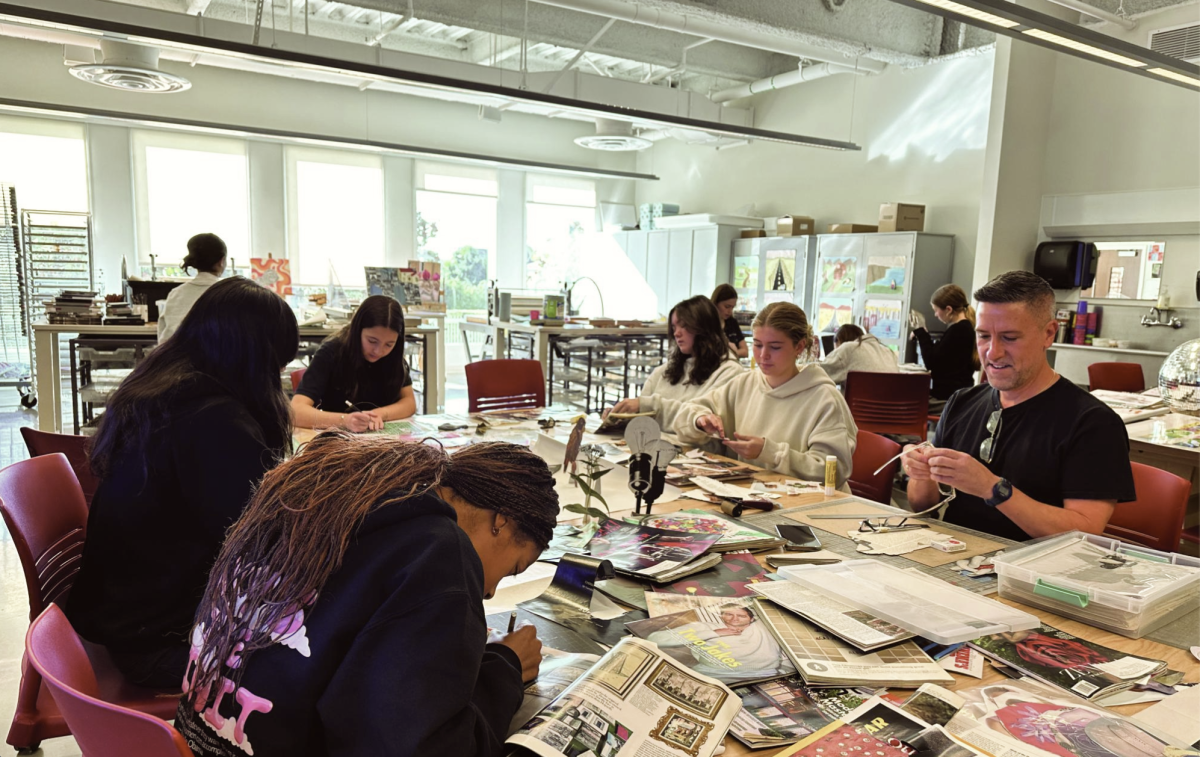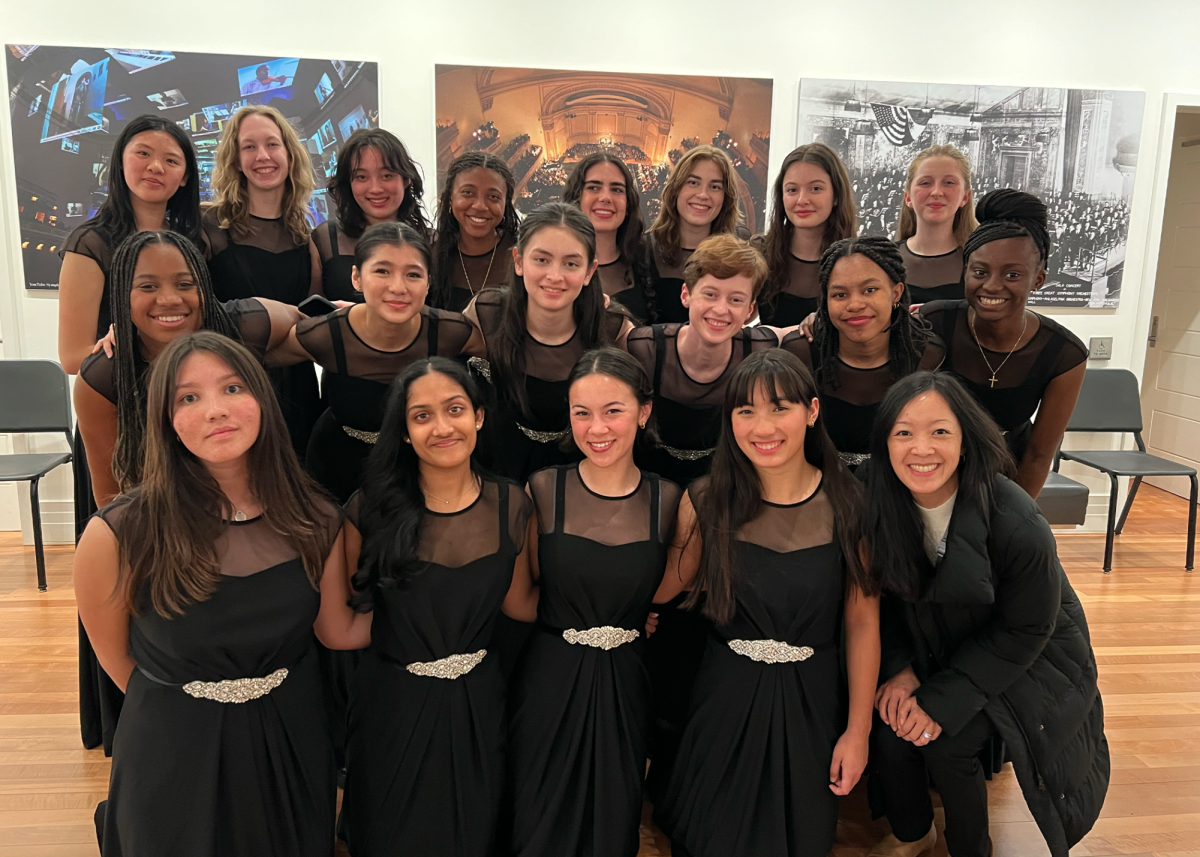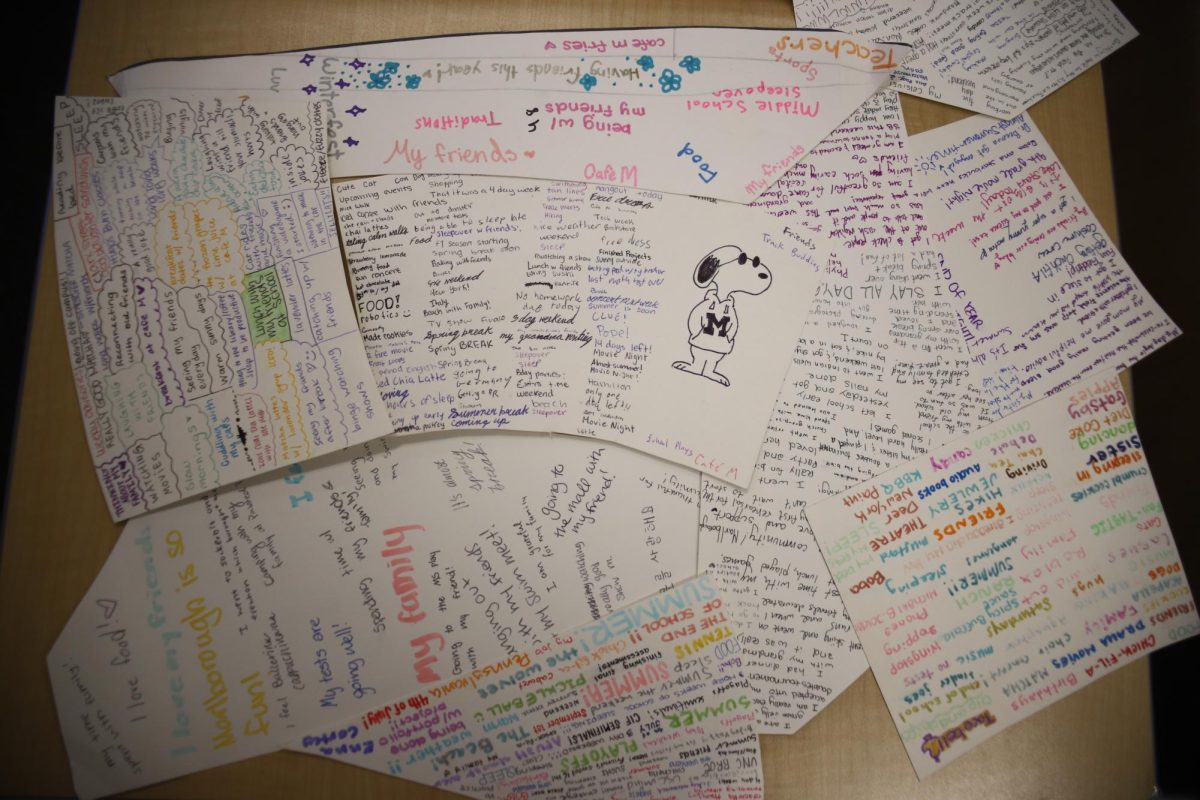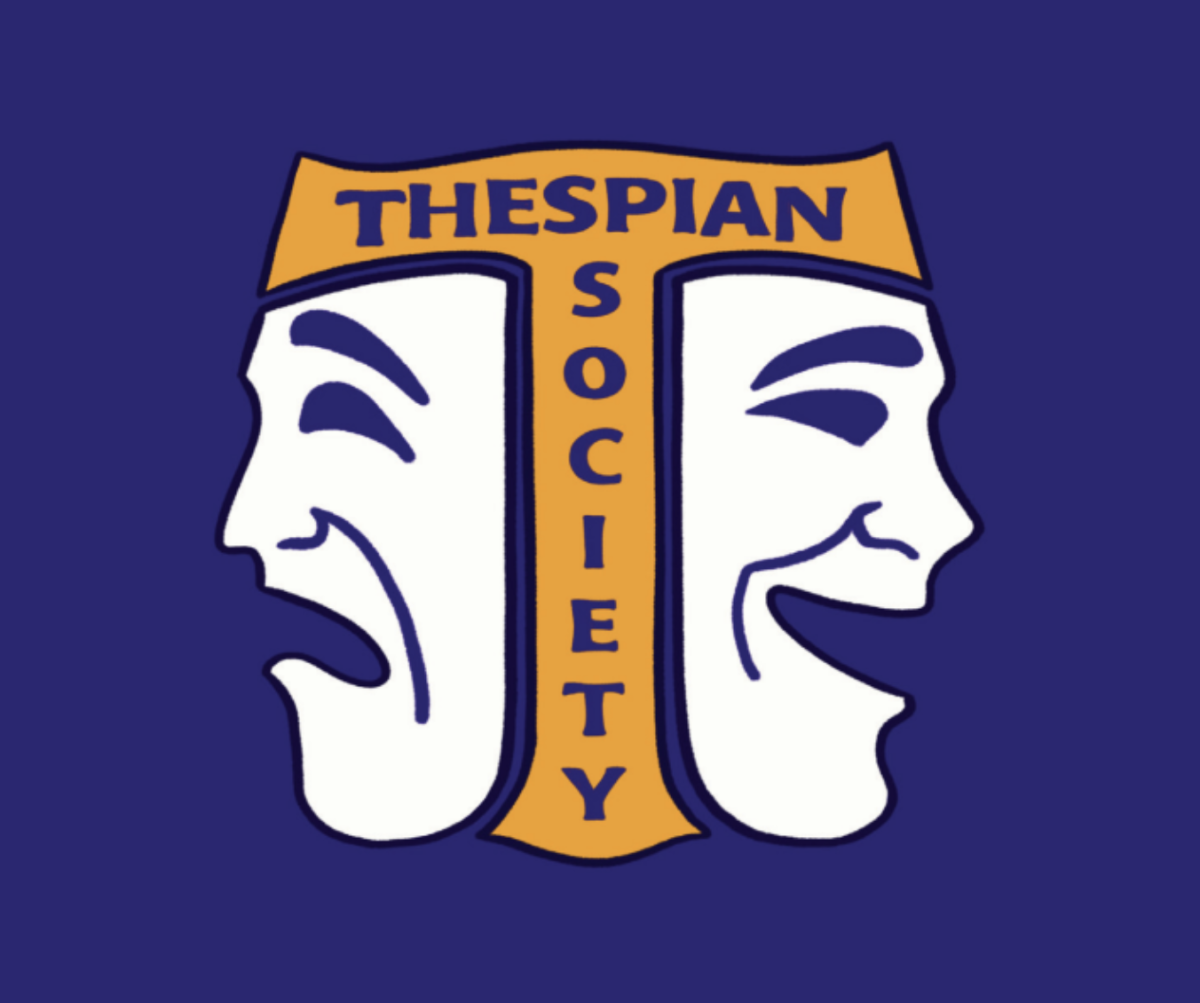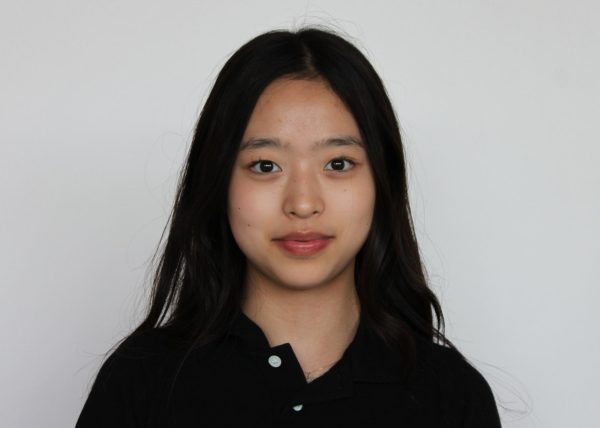Matt Lipps, a Los Angeles-based photographer, was selected as this year’s Artist in Residence at Marlborough. His work has been displayed in the permanent collections of the Getty, the Los Angeles County Museum of Art (LACMA), the Museum of Contemporary Art, and Los Angeles (MOCA).
Lipps was given the artist in resident position through Visual Arts Instructor Sarah Beadle, his former colleague. As part of his residency, he works with Marlborough photography classes, including Beadle’s Photography 5 & 7 and Visual Arts Instructor Daphna Lapidot’s Intro to 2D Art & Design.
The artwork produced in these classes became part of a Feb. 11 exhibition in Seaver Gallery.
Ever since its beginning in 2008, the Artist in Residence program at Marlborough has been a unique opportunity for students to engage with professional artists. The program offers students a rare chance to see various artists’ creative processes up close and gain real world experience in approaching different art styles.
Matt Lipps art consists of straight photographs that capture propped-up paper dolls in front of photographic backdrops.
“The dolls are set on glass shelves, up against a colorized poster print of one of my hand-processed black and white negatives I made when I was in high school,” Lipps said.
Lipps’ art explores how images affect viewers’ perceptions of the world. Through his work, he challenges the public to reconsider their interpretations of reality. His photography not only captures individual moments, but also guides the audience through emotions and beliefs. His 2012 series, which was inspired by the Library of Photography, explores genres of photography such as photojournalism and scientific photography.
“At the end of the day, a photograph can’t actually ‘do’ anything to you, but it can influence what you think, how you feel, your desires and fears,” Lipps said. “They contain information and instantly reside in your mental space like an idea.”
Lipps said he encourages students to engage with photography beyond simply taking pictures and urges them to analyze the function of images and how they relate to identity.
“Actively engaging in the codes of how photography is signifying information is really important toward understanding why the photograph is in front of you and what it’s trying to communicate,” Lipps said. “From there, we can being to write or rewrite the scripts of photography to envision new statements that reflect our world.”

